Utah’s top news stories of 2022
Illustration: Maura Losch/Axios
Here’s our take on Utah’s biggest news stories of 2022.
- Most of these played out all year, but they are listed roughly in chronological order.
1. Emerging from COVID
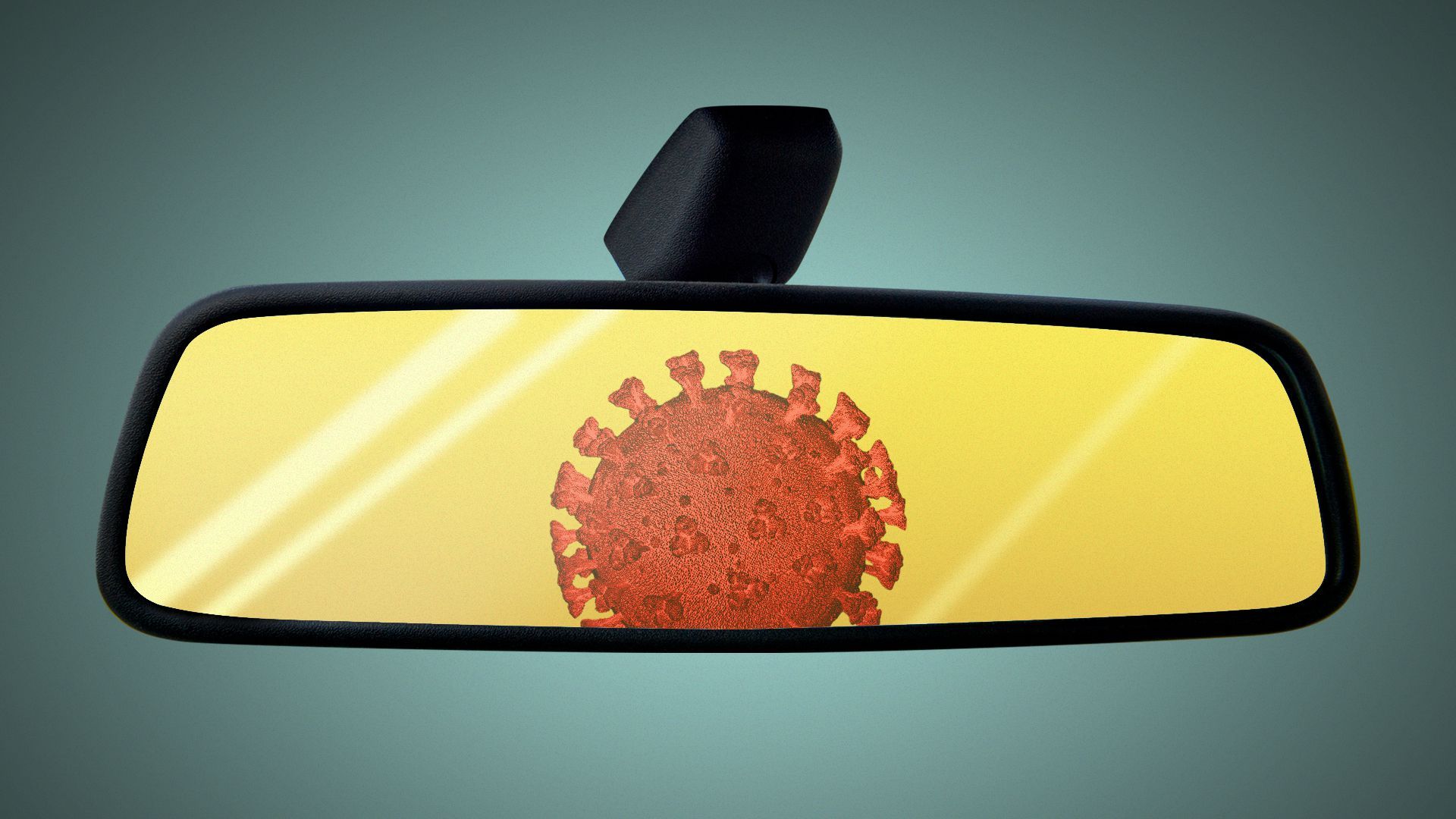 Illustration: Natalie Peeples/Axios
Illustration: Natalie Peeples/Axios
January brought a harsh reality check with the highest case counts and hospitalizations of the entire pandemic, thanks to the omicron variant.
What happened: When cases later dropped, we started creeping back out into the world to discover a lot had changed economically, with wages and inflation both rising fast.
What we’re watching: COVID left Utah’s health care workforce with thinned ranks as doctors and nurses left the profession, which is making it harder for patients to get adequate care.
2. Utah’s transgender athlete sports ban
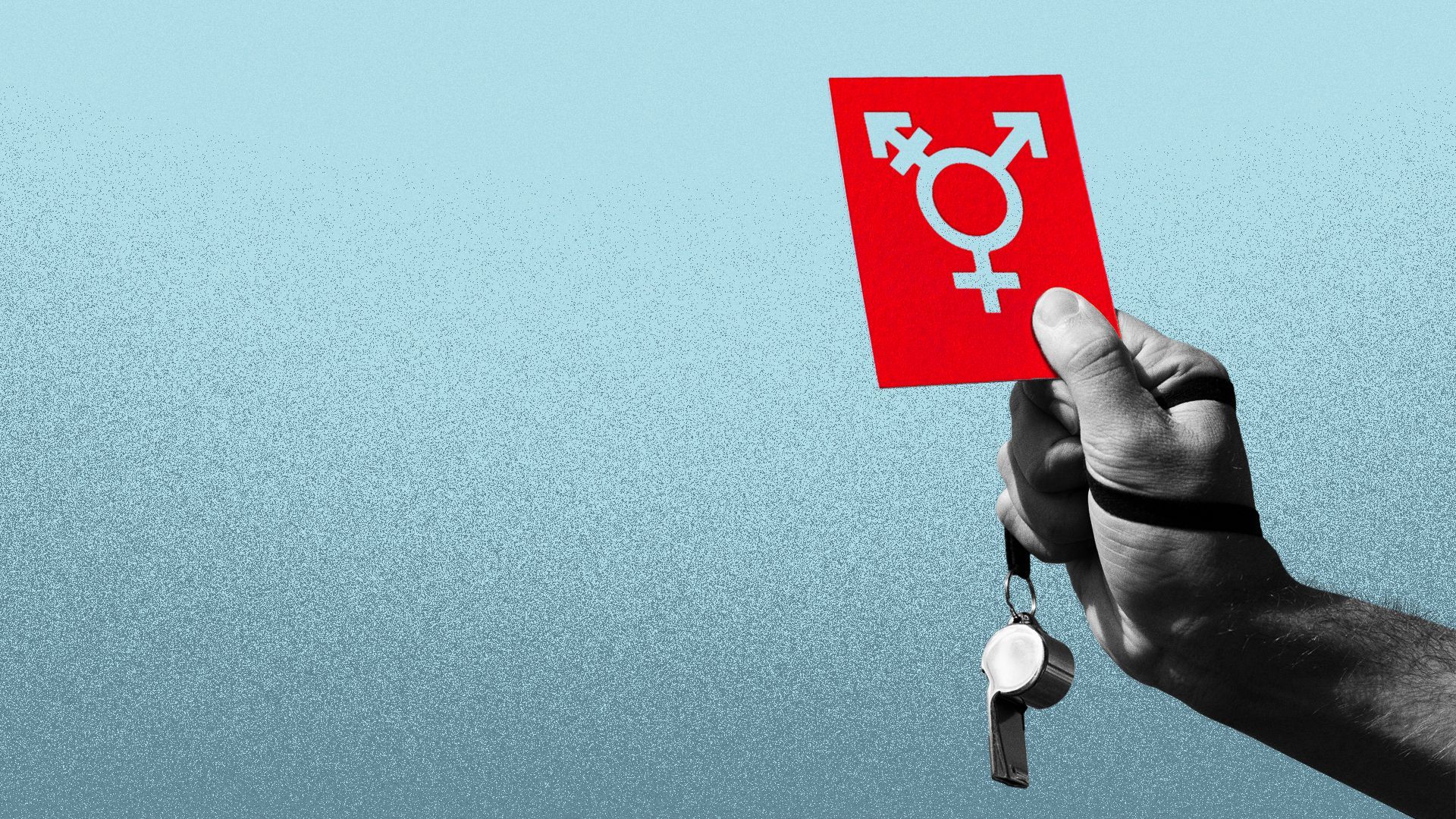 Illustration: Maura Losch/Axios
Illustration: Maura Losch/Axios
Utah joined other GOP-led states in passing legislation barring transgender girls from competing in school sports that align with their gender identity.
Catch up quick: To an impassioned Gov. Spencer Cox used his veto power to strike down the bill after it passed in both chambers of the state Legislature.
- In a four-page letter explaining his veto, Cox cited the high suicide rate among transgender children and wrote, “I want them to live.”
- The legislature overrode his veto.
The latest: Utah is currently embroiled in a lawsuit over the constitutionality of the bill.
3. Abortion: Can we or can’t we?
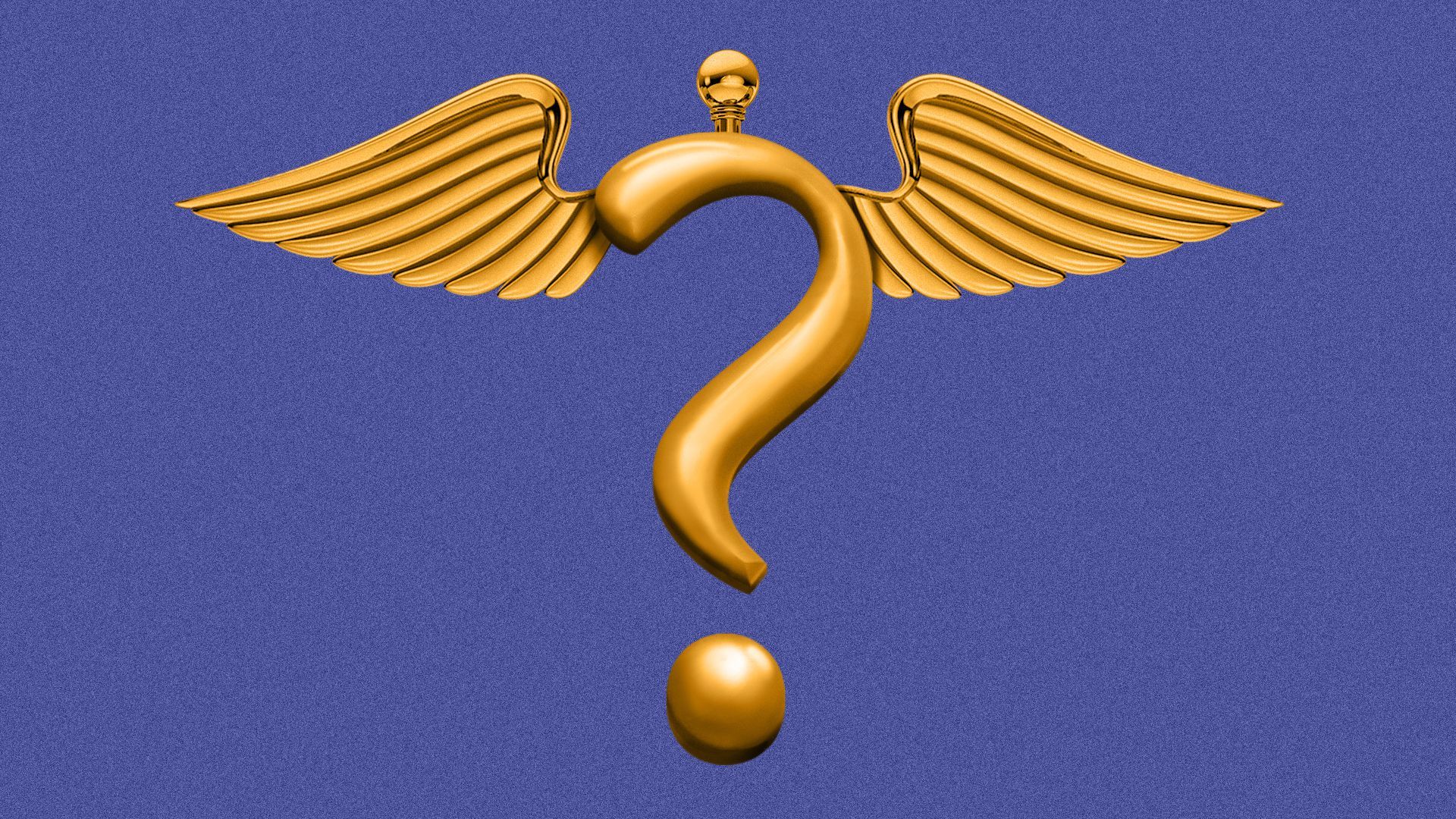 Illustration: Lindsey Bailey/Axios
Illustration: Lindsey Bailey/Axios
The U.S. Supreme Court overturned Roe v. Wade in June, activating Utah’s strict abortion ban.
Yes, but: Planned Parenthood of Utah won an injunction that put the ban on hold while Utah courts decide whether the ban violates the state’s constitution.
What we’re watching: Utah’s pending abortion ban could affect women’s health care more broadly by deterring OB-GYNs and med students from coming here, worsening an already looming shortage.
- If the ban takes effect, doctors warn its narrow exceptions won’t actually protect patients in most medical complications and could delay care in life-threatening emergencies.
4. It’s too hot and there isn’t enough water
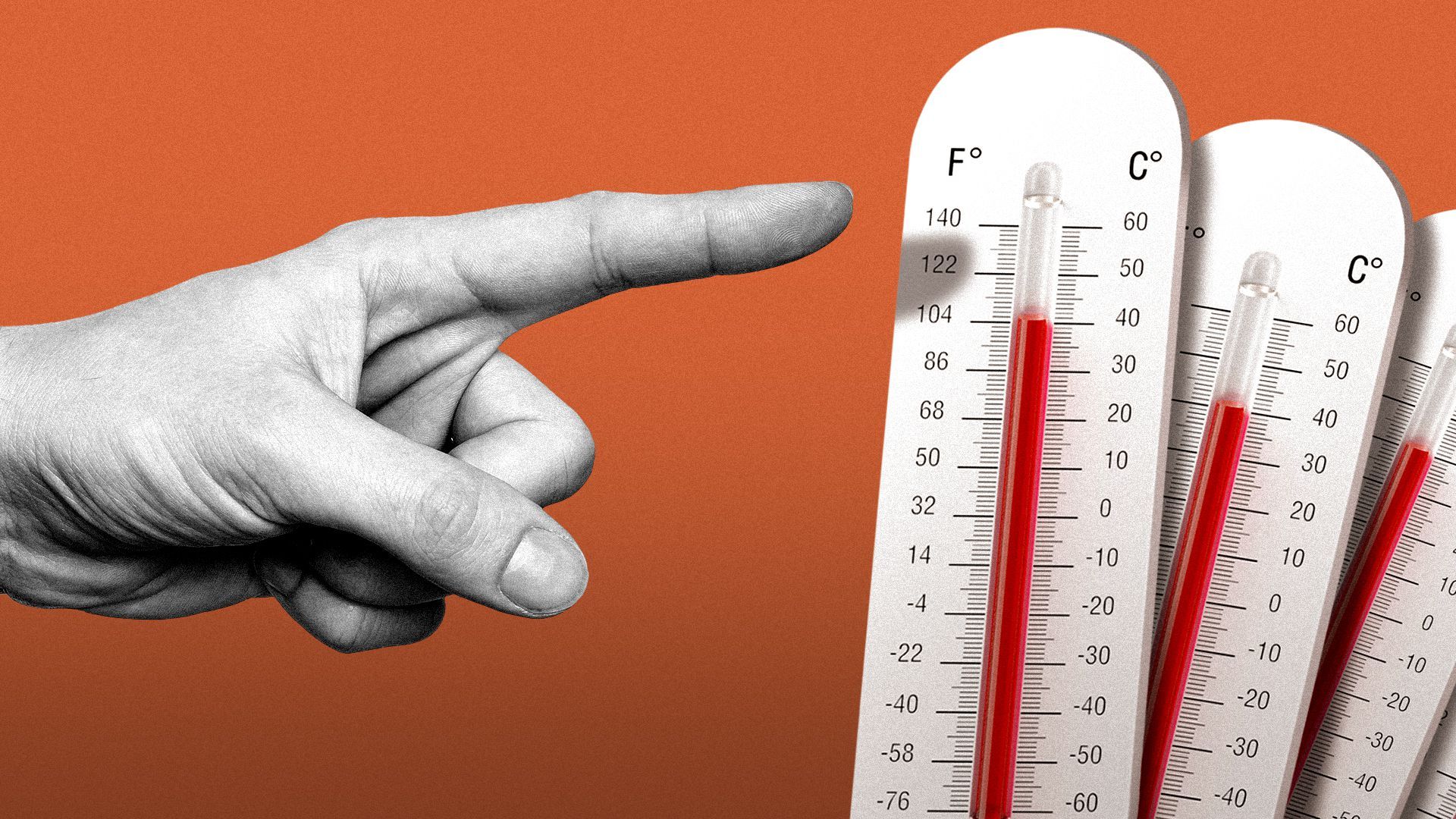 Illustration: Shoshana Gordon/Axios
Illustration: Shoshana Gordon/Axios
Anyone who hits the slopes last winter knows the snow was pitiful from January to March.
Yes, but: That was only the beginning of our troubles.
Meanwhile: Utah’s hottest summer on record was followed by a blistering September heat wave, while homeowners scrounged for ways to use less water.
Why it matters: As the Great Salt Lake recedes, it’s exposing a lake bed where toxic soil from industrial pollution is covered only by a layer of salt crust.
5. UDOT’s controversial gondola proposal
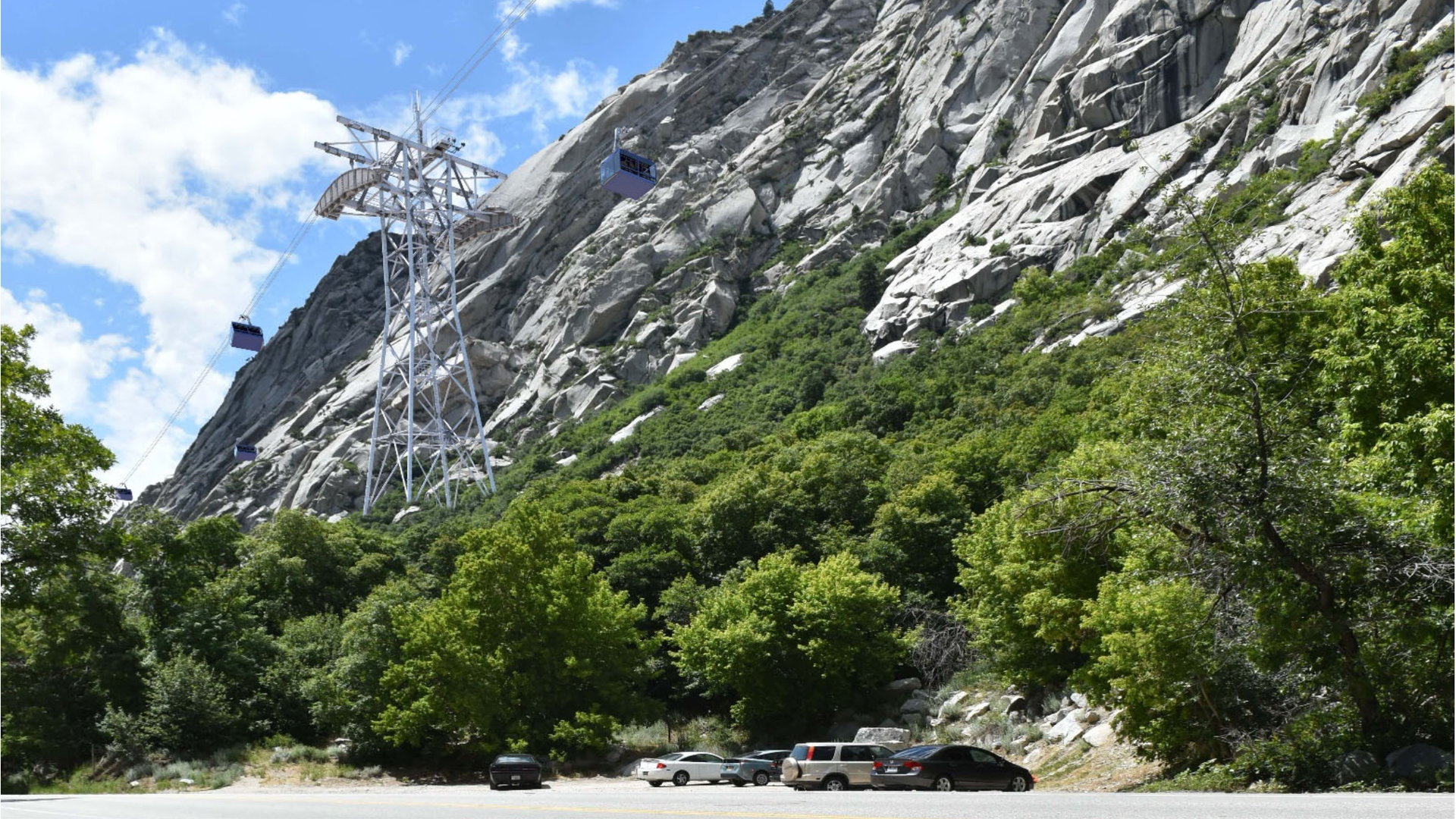 A rendering of a gondola towner in Little Cottonwood Canyon. Image: Utah Department of Transportation.
A rendering of a gondola towner in Little Cottonwood Canyon. Image: Utah Department of Transportation.
State transportation officials recommended a controversial $550 million gondola in August as a top choice to relieve traffic congestion in Little Cottonwood Canyon. That came despite strong local opposition.
The other side: Some elected officials and conservation groups say the gondola could impact drinking water and amounts to a taxpayer subsidy for lucrative ski resorts.
zoom in: UDOT received almost 14,000 submissions during its public comment period, the Deseret News reported.
6. Salt Lake City School District problems
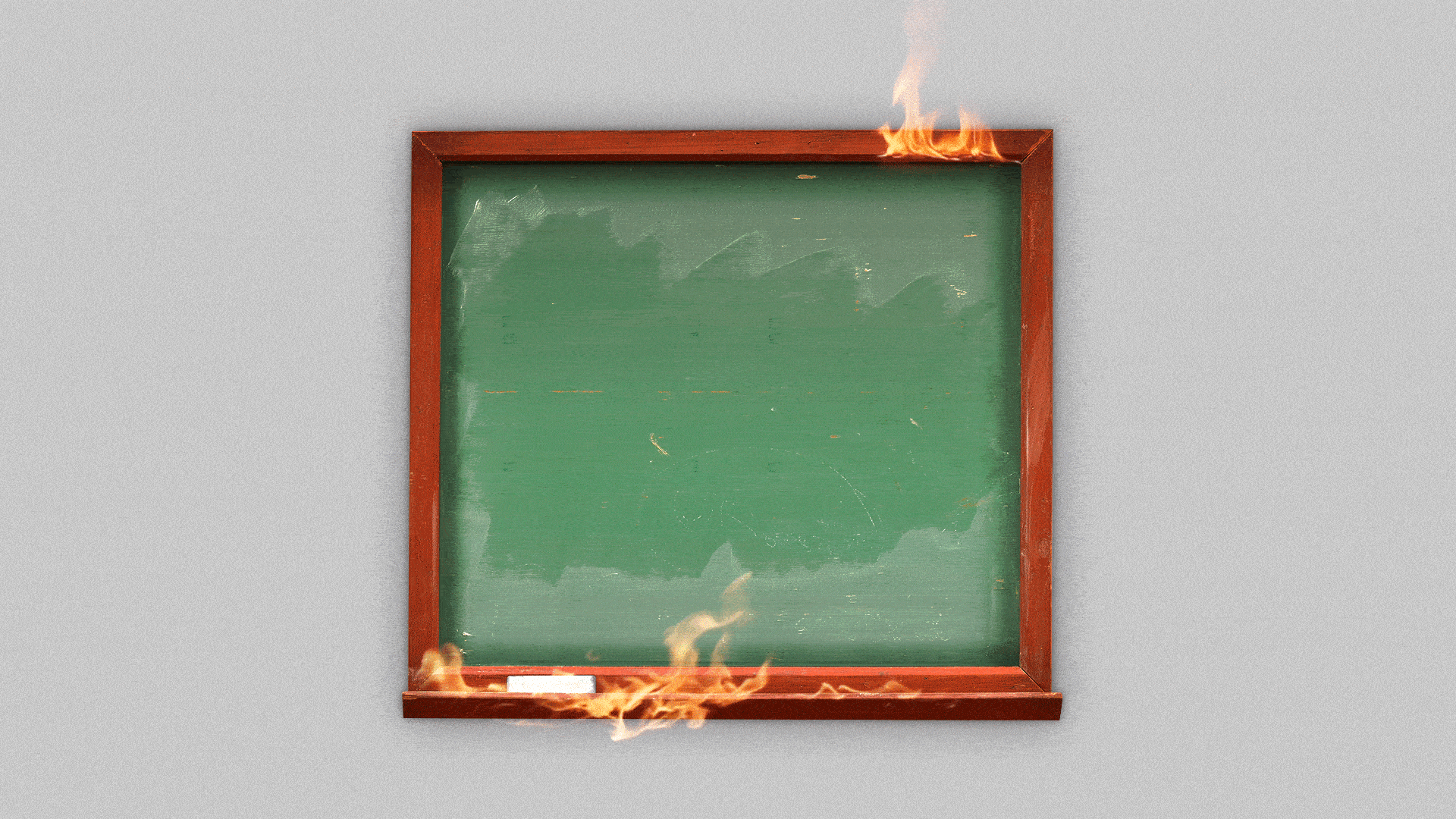 Illustration: Aïda Amer/Axios
Illustration: Aïda Amer/Axios
Controversy surrounded the Salt Lake City School Board’s decision to ask Timothy Gadson III, the first Black superintendent of a Utah school district, to resign over the summer.
Yes, but: An internal investigation determined Gadson did not commit any wrongdoing.
- By October, Gadson and the board had reached a $200,000 separation agreement, spurring further criticism about the board’s lack of transparency and dysfunctional practices.
The latest: A scathing state audit report released this month found the school district is missing millions of dollars by not closing schools after a yearslong decline in student enrollment.
- Auditors also questioned the ethical behavior of some board members.
7. Utah’s intense US Senate race
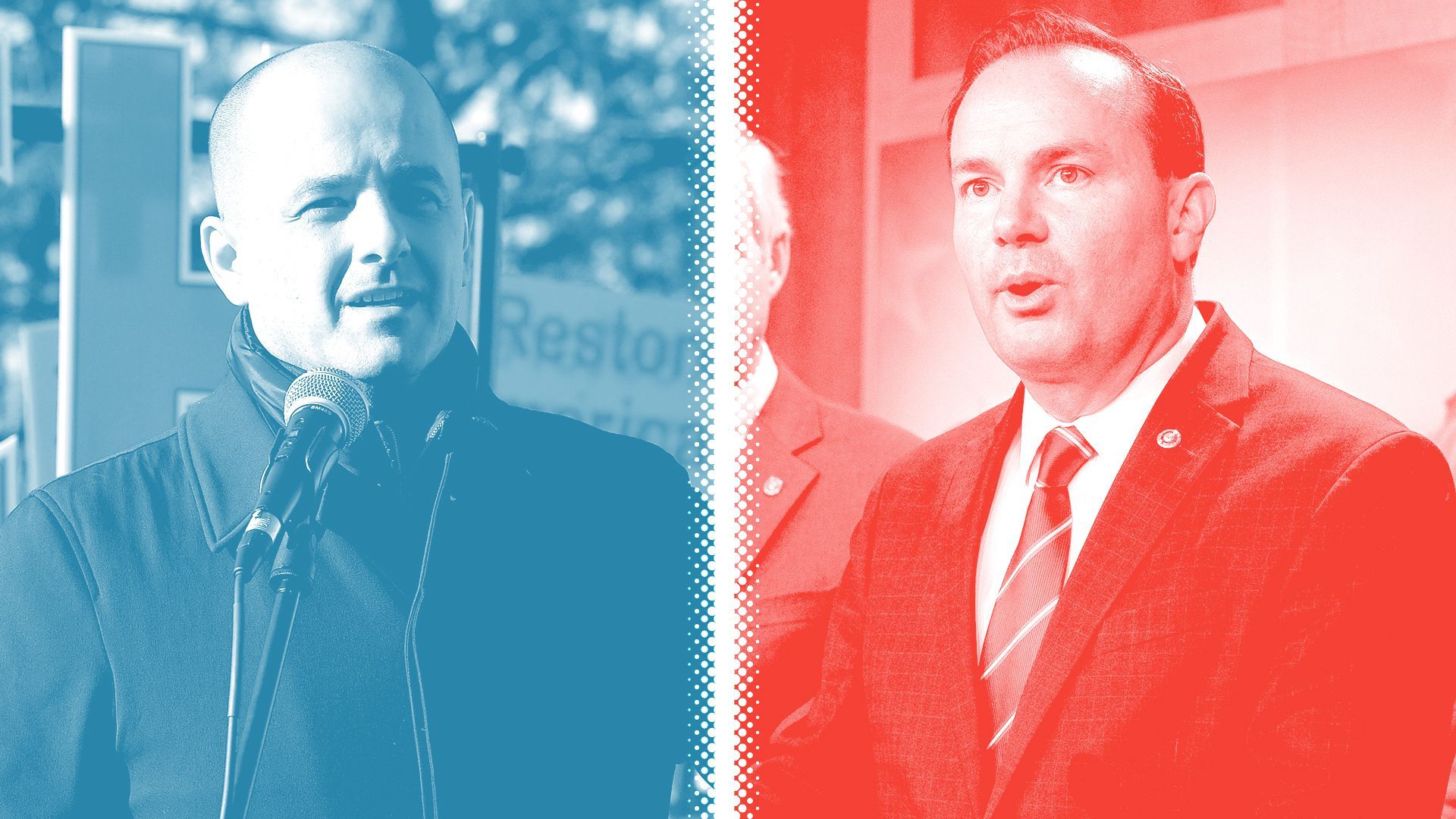 Photo illustration: Axios Visuals. Photos: Larry French/Getty Images for MoveOn.org and Al Drago/Bloomberg via Getty Images
Photo illustration: Axios Visuals. Photos: Larry French/Getty Images for MoveOn.org and Al Drago/Bloomberg via Getty Images
In this unusual matchup, GOP incumbent Sen. Mike Lee faced independent challenger Evan McMullin.
What happened: It was one of the most competitive US Senate races the state had seen in nearly half a century.
- It was also the most expensive, as super PACs poured millions of dollars into the race.
Catch up quick: In a historic move, Utah Democratic Party delegates voted in May to back McMullin over one of their own candidates to increase their odds of defeating Lee.
What’s next: Democrats said supporting an independent was “a one-time thing.”
- But former US Rep. Ben McAdams — the man who mobilized Democrats to clear the ticket for McMullin — says the midterm results show the party should keep taking “a centrist lane.”
8. Cars versus people
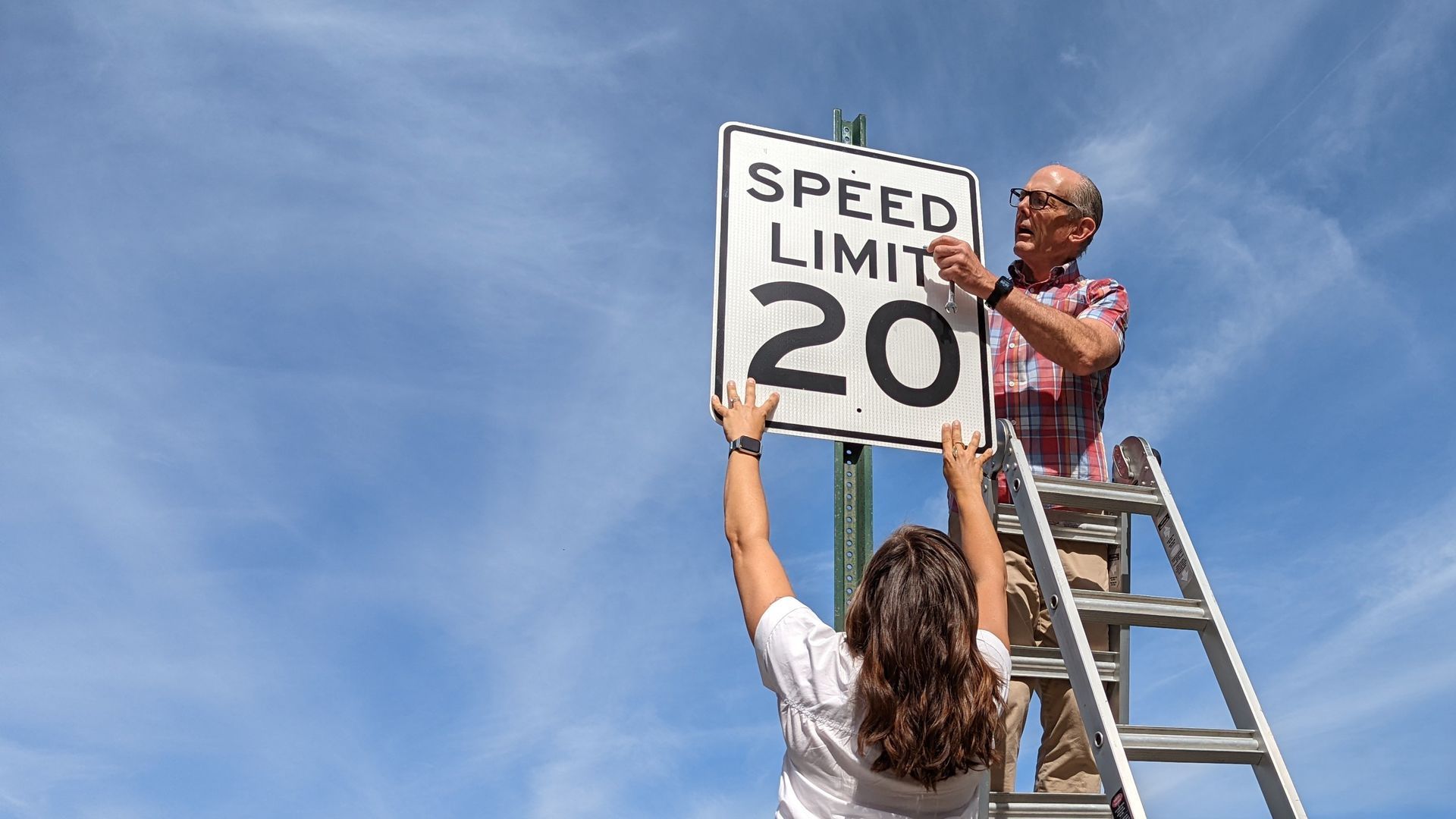 Salt Lake City Council Chair Dan Dugan and Mayor Erin Mendenhall replace a traffic sign to show the new speed limit of 20 mph. Photo: Erin Alberty/Axios
Salt Lake City Council Chair Dan Dugan and Mayor Erin Mendenhall replace a traffic sign to show the new speed limit of 20 mph. Photo: Erin Alberty/Axios
If Salt Lake’s dismal air quality weren’t already a warning that our traffic might be bad for our health, this year’s crash stats should be.
By the numbers: At least 75 Utahns were killed by cars while they were on walking, cycling or on “personal conveyance” devices, like wheelchairs and scooters, according to state data on ZeroFatalities.com and weekly crash reports.
- That’s more than any year in the past decade.
Of note: Utah’s drivers were ranked America’s worst.
What’s happening: Salt Lake City reduced most of the city’s speed limits to 20 mph this summer, and planners are looking at more “neighborhood byways” — streets that get redesigned for safer walking and cycling.



Comments are closed.